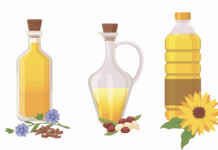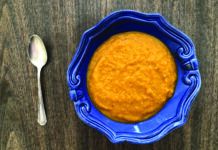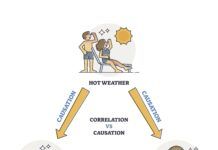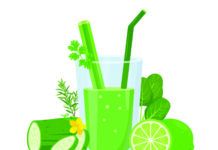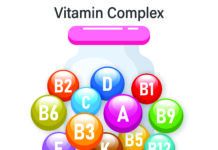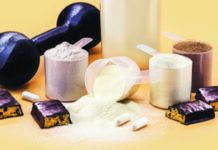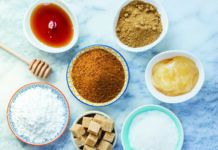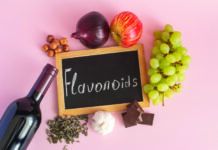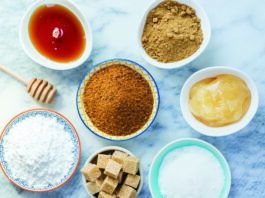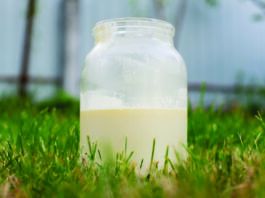FDA Eyeing Front-of-Package Nutrition Claims
The US Food and Drug Administra - tion (FDA) is going after misleading nutrition claims on the front of food packages-an effort that may ultimately lead to a single official symbol giving consumers an at-a-glance guide to healthy choices. As the agency sent a warning letter to food companies, Commissioner Margaret Hamburg said the FDA will investigate whether any packaging claims violate its labeling rules and will take enforcement action against any egregious examples.
More US Adults Lighting Up
For the first time since 1994, the rate of cigarette smoking among US adults actually rose a little. Health officials hope the increase-from 19.8% to almost 21%-is just a blip, but expressed disappointment that weve hit a wall in reducing adult smoking, as one anti-smoking activist put it. The news was released by the US Centers for Disease Control and Prevention (CDC), which conducted in-person interviews of nearly 22,000 US adults in 2008. In a separate state-by-state survey, the CDC said West Virginia and Indiana have the highest smoking rates, about 26%, while Utah is home to by far the fewest smokers, only 9%.
Evidence Mounts for Heart Benefits of Alcohol
Alarge new Spanish study has found that men who drink alcohol in almost any quantity are nearly one-third less likely to develop coronary heart disease (CHD). The results are also among the first to separate former drinkers from nondrinkers, thereby avoiding what skeptics of previous research dubbed the sick quitters error.
FDA Weighs Nutrition Facts Edits
Changes may be coming to the familiar Nutrition Facts panel on food packages. The US Food and Drug Administration (FDA) just completed a public-comment period on a proposed study to test labeling changes with a randomly selected group of 3,600 consumers.
Cutting TV Time Improves Calorie Balance
Turning off the TV might help you lose weight-but only a little, reports the first study to measure the effects of a TV reduction intervention in adults. Researchers spent three weeks observing the viewing habits of 36 volunteers, all overweight or obese. Then 20 randomly selected participants had their TVs fitted with a device that shut off the screen after theyd reached a weekly limit of half their previous viewing time. The other 16 served as a control group, watching all the TV they wanted.
No Evidence Throwback Sugared Sodas Healthier
Sugar producers may be celebrating and corn growers grumbling as softdrink companies turn to sugar instead of high-fructose corn syrup (HFCS) to sweeten their beverages-at least temporarily. Pepsi-Cola and Mountain Dew recently introduced Throwback soft drinks sweetened with sugar for a limited time only (the nostalgic promotion was scheduled to end Feb. 22). Some soft-drink fans swear the sugarsweetened sodas taste better, but are they also better for you? Chemically, both sugar and HFCS contain similar amounts of glucose and fructose.
Big Apple Targets Salt
New York City officials are leading the charge in a nationwide effort to reduce the amounts of salt in packaged and restaurant foods. The National Salt Reduction Initiative aims to cut such hidden salt-a major source of dietary sodium-by 25% over the next five years. New York is the first to enact the initiatives targets, with final approval expected this spring.
Juice Bridges Veggie Gap
With Americans vegetable con- sumption dropping over the past decade, drinking your vegetables could help reach dietary goals. Thats the conclusion of a randomized trial funded in part, not surprisingly, by the makers of V8 vegetable juice. Scientists at the University of California-Davis assigned 90 volunteers to follow the Dietary Approaches to Stop Hyperten- sion (DASH) diet regimen while also consuming 0, 8 or 16 fuid ounces of vegetable juice daily. Despite being told to follow the DASH plan and receiving nutrition education, participants fell short of the goal of four daily servings of vegetables if not counting the juice. Across all groups, non-juice vegetable intake averaged 2.6 servings daily after 6 weeks and 2.3 servings after 12 weeks. But the groups also getting juice were able to close the gap. Researchers also looked at heart-health measures, which generally didnt change; pre- hypertensive participants, however, showed a signifcant decrease in blood pressure with higher vegetable and veg- etable juice intake. While eating whole vegetables remains preferable, research- ers concluded that juice is an effective and acceptable way for healthy adults to close the dietary vegetable gap.
Red Yeast Rice: Buyer Beware
Laboratory tests have revealed strik- ing variability in the active ingredi- ents in Chinese red yeast rice, a supple- ment touted as an alternative to statin drugs for improving cholesterol. Among 12 popular brands, levels of monacolin, which is related to the prescription cho- lesterol medication lovastatin, ranged from 0.31 mg to 11.15 mg per capsule. The type of monacolin (K) thats most similar to lovastatin varied from 0.10 mg to 10.09 mg per pill. Four samples also contained citrinin, which can dam- age the kidneys. Researchers noted that, as a dietary supplement rather than a drug, red yeast rice is largely unregulated and lacks the quality controls of pre- scription medications. Therefore, physi- cians should be cautious in recommend- ing red yeast rice to their patients. Long used in China, red yeast rice has recently soared in sales in the US, up 80% from 2005 to 2008.
Alpha-Carotene Linked to Lower Mortality Rates
A lpha-carotene, the often-overlooked cousin of more familiar beta-caro- tene, may help you live longer-and further explain the health benefts of eating vegetables and fruits. Researchers at the CDC, studying data on more than 15,000 adults from a national nutrition survey, report that people with the highest blood levels of alpha-carotene were 39% less likely to die from all causes over almost 14 years.

